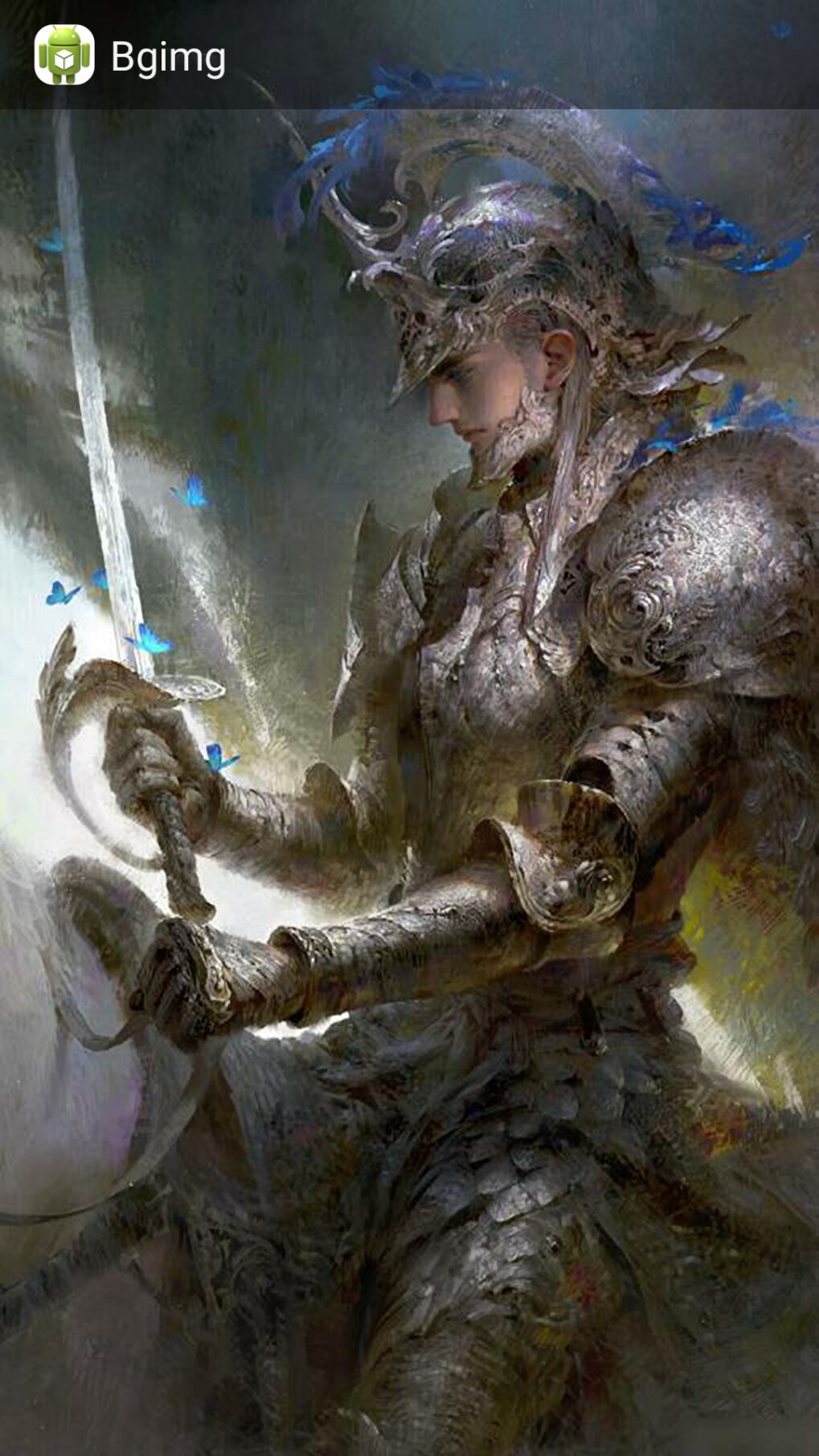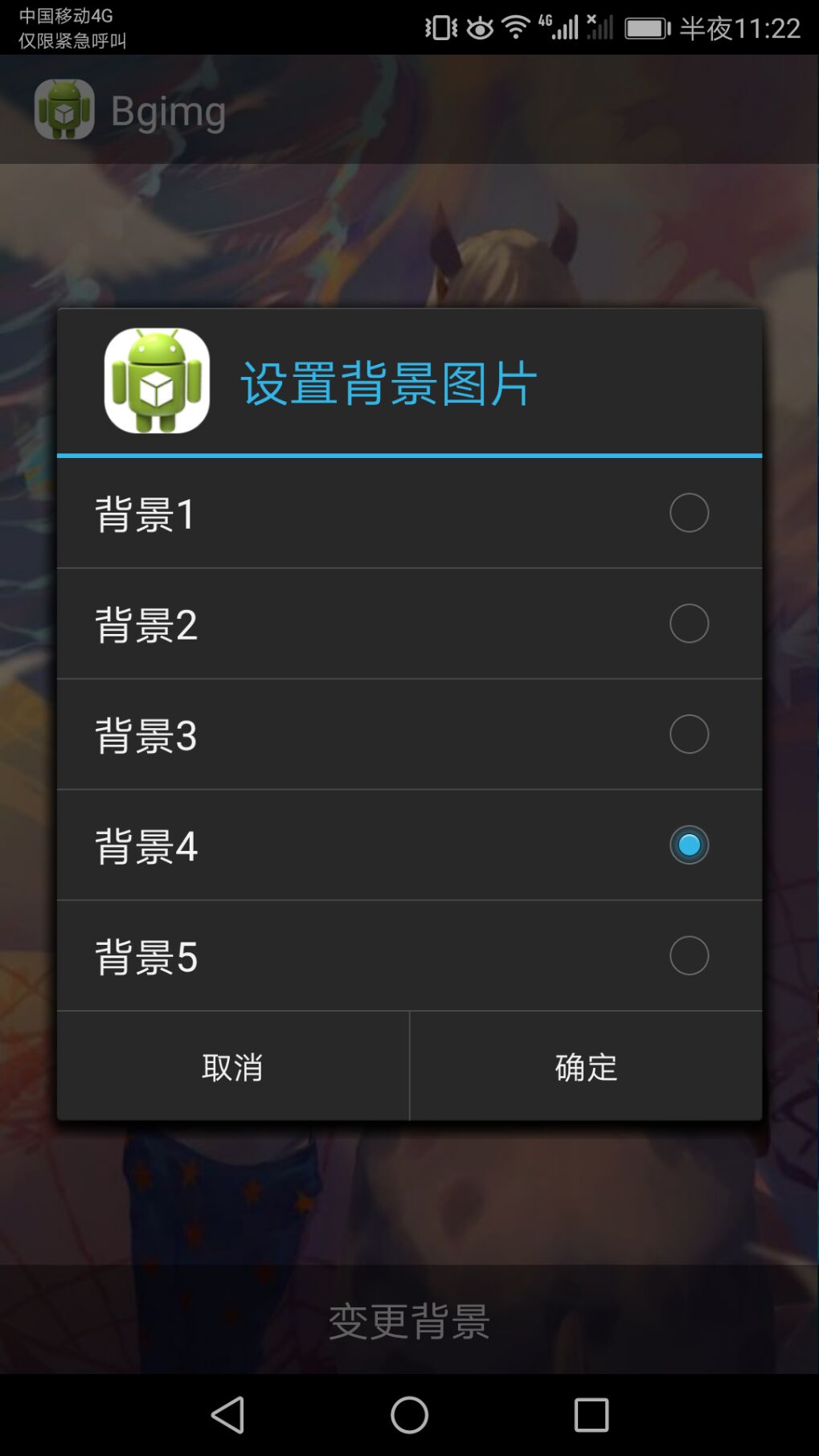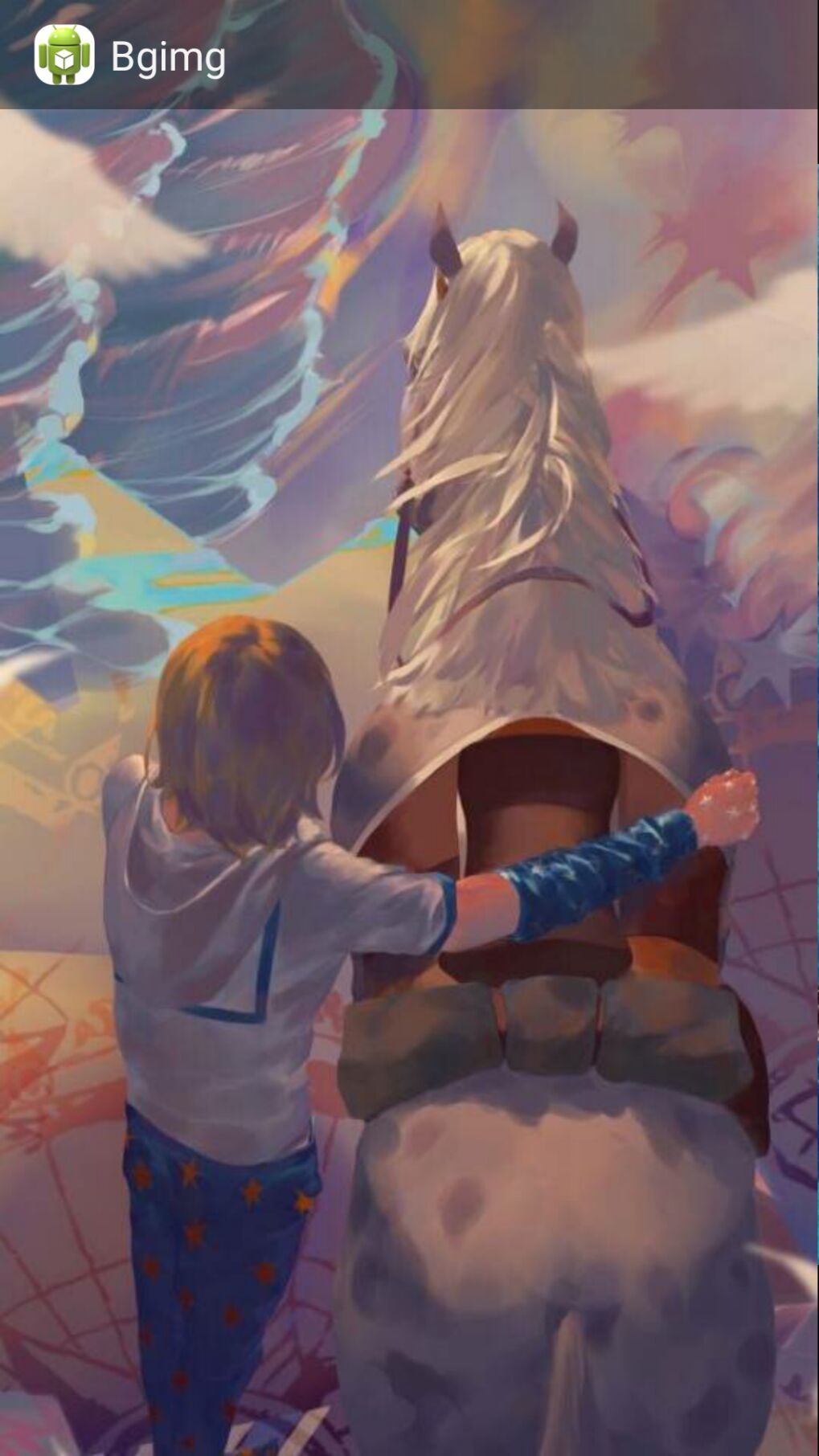package com.example.bejimg; import java.util.ArrayList; import com.example.bejimg.util.SystemUiHider; import android.R.string; import android.annotation.TargetApi; import android.app.Activity; import android.app.AlertDialog; import android.content.DialogInterface; import android.os.Build; import android.os.Bundle; import android.os.Handler; import android.view.MotionEvent; import android.view.View; import android.widget.ImageView; import android.widget.TextView; /** * An example full-screen activity that shows and hides the system UI (i.e. * status bar and navigation/system bar) with user interaction. * * @see SystemUiHider */ public class FullscreenActivity extends Activity { /** * Whether or not the system UI should be auto-hidden after * {@link #AUTO_HIDE_DELAY_MILLIS} milliseconds. */ private static final boolean AUTO_HIDE = true; /** * If {@link #AUTO_HIDE} is set, the number of milliseconds to wait after * user interaction before hiding the system UI. */ private static final int AUTO_HIDE_DELAY_MILLIS = 3000; /** * If set, will toggle the system UI visibility upon interaction. Otherwise, * will show the system UI visibility upon interaction. */ private static final boolean TOGGLE_ON_CLICK = true; /** * The flags to pass to {@link SystemUiHider#getInstance}. */ private static final int HIDER_FLAGS = SystemUiHider.FLAG_HIDE_NAVIGATION; /** * The instance of the {@link SystemUiHider} for this activity. */ private SystemUiHider mSystemUiHider; int img = 0;//标记switch后单选按钮 int target;//标记switch前单选按钮 public void onClick(View view){ final ImageView iv = (ImageView) findViewById(R.id.imageView1); final int bg[]={R.drawable.bg1,R.drawable.bg2,R.drawable.bg3,R.drawable.bg4,R.drawable.bg5}; target=img; AlertDialog dialog; AlertDialog.Builder builder = new AlertDialog.Builder(this) .setTitle("设置背景图片") //设置标题 .setIcon(R.drawable.ic_launcher) .setSingleChoiceItems(new String[]{"背景1", "背景2", "背景3", "背景4", "背景5"}, img,new DialogInterface.OnClickListener() { public void onClick(DialogInterface dialog, int which) { // 点单选按钮时发生的事件,这里which表示你点的单选按钮是第几个 switch (which) { case 0: iv.setImageDrawable(getResources().getDrawable(bg[0]));//预览背景 img=0; break; case 1: iv.setImageDrawable(getResources().getDrawable(bg[1])); img=1; break; case 2: iv.setImageDrawable(getResources().getDrawable(bg[2])); img=2; break; case 3: iv.setImageDrawable(getResources().getDrawable(bg[3])); img=3; break; default: iv.setImageDrawable(getResources().getDrawable(bg[4])); img=4; break; } } }) .setPositiveButton("确定", new DialogInterface.OnClickListener() { @Override public void onClick(DialogInterface dialog, int which) { //点确定按钮时发生的事件 dialog.dismiss(); } }) .setNegativeButton("取消", new DialogInterface.OnClickListener() { @Override public void onClick(DialogInterface dialog, int which) { //点取消按钮返回更换前背景 iv.setImageDrawable(getResources().getDrawable(bg[target])); //同时标记恢复点击按钮前 img=target; dialog.dismiss(); } }); dialog = builder.create(); dialog.show(); } @Override protected void onCreate(Bundle savedInstanceState) { super.onCreate(savedInstanceState); setContentView(R.layout.activity_fullscreen); final View controlsView = findViewById(R.id.fullscreen_content_controls); final View contentView = findViewById(R.id.fullscreen_content); // Set up an instance of SystemUiHider to control the system UI for // this activity. mSystemUiHider = SystemUiHider.getInstance(this, contentView, HIDER_FLAGS); mSystemUiHider.setup(); mSystemUiHider .setOnVisibilityChangeListener(new SystemUiHider.OnVisibilityChangeListener() { // Cached values. int mControlsHeight; int mShortAnimTime; @Override @TargetApi(Build.VERSION_CODES.HONEYCOMB_MR2) public void onVisibilityChange(boolean visible) { if (Build.VERSION.SDK_INT >= Build.VERSION_CODES.HONEYCOMB_MR2) { // If the ViewPropertyAnimator API is available // (Honeycomb MR2 and later), use it to animate the // in-layout UI controls at the bottom of the // screen. if (mControlsHeight == 0) { mControlsHeight = controlsView.getHeight(); } if (mShortAnimTime == 0) { mShortAnimTime = getResources().getInteger( android.R.integer.config_shortAnimTime); } controlsView .animate() .translationY(visible ? 0 : mControlsHeight) .setDuration(mShortAnimTime); } else { // If the ViewPropertyAnimator APIs aren't // available, simply show or hide the in-layout UI // controls. controlsView.setVisibility(visible ? View.VISIBLE : View.GONE); } if (visible && AUTO_HIDE) { // Schedule a hide(). delayedHide(AUTO_HIDE_DELAY_MILLIS); } } }); // Set up the user interaction to manually show or hide the system UI. contentView.setOnClickListener(new View.OnClickListener() { @Override public void onClick(View view) { if (TOGGLE_ON_CLICK) { mSystemUiHider.toggle(); } else { mSystemUiHider.show(); } } }); // Upon interacting with UI controls, delay any scheduled hide() // operations to prevent the jarring behavior of controls going away // while interacting with the UI. findViewById(R.id.dummy_button).setOnTouchListener( mDelayHideTouchListener); // TODO Auto-generated method stub } @Override protected void onPostCreate(Bundle savedInstanceState) { super.onPostCreate(savedInstanceState); // Trigger the initial hide() shortly after the activity has been // created, to briefly hint to the user that UI controls // are available. delayedHide(100); } /** * Touch listener to use for in-layout UI controls to delay hiding the * system UI. This is to prevent the jarring behavior of controls going away * while interacting with activity UI. */ View.OnTouchListener mDelayHideTouchListener = new View.OnTouchListener() { @Override public boolean onTouch(View view, MotionEvent motionEvent) { if (AUTO_HIDE) { delayedHide(AUTO_HIDE_DELAY_MILLIS); } return false; } }; Handler mHideHandler = new Handler(); Runnable mHideRunnable = new Runnable() { @Override public void run() { mSystemUiHider.hide(); } }; /** * Schedules a call to hide() in [delay] milliseconds, canceling any * previously scheduled calls. */ private void delayedHide(int delayMillis) { mHideHandler.removeCallbacks(mHideRunnable); mHideHandler.postDelayed(mHideRunnable, delayMillis); } }
<FrameLayout xmlns:android="http://schemas.android.com/apk/res/android" xmlns:tools="http://schemas.android.com/tools" android:layout_width="match_parent" android:layout_height="match_parent" tools:context=".FullscreenActivity" > <!-- The primary full-screen view. This can be replaced with whatever view is needed to present your content, e.g. VideoView, SurfaceView, TextureView, etc. --> <TextView android:id="@+id/fullscreen_content" android:layout_width="match_parent" android:layout_height="match_parent" android:gravity="center" android:keepScreenOn="true" android:text="@string/dummy_content" android:textColor="#33b5e5" android:textSize="50sp" android:textStyle="bold" /> <!-- This FrameLayout insets its children based on system windows using android:fitsSystemWindows. --> <ImageView android:id="@+id/imageView1" android:layout_width="wrap_content" android:layout_height="wrap_content" android:src="@drawable/bg1" /> <FrameLayout android:layout_width="match_parent" android:layout_height="match_parent" android:fitsSystemWindows="true" > <LinearLayout android:id="@+id/fullscreen_content_controls" style="?buttonBarStyle" android:layout_width="match_parent" android:layout_height="wrap_content" android:layout_gravity="bottom|center_horizontal" android:background="@color/black_overlay" android:orientation="horizontal" tools:ignore="UselessParent" > <Button android:id="@+id/dummy_button" style="?buttonBarButtonStyle" android:layout_width="0dp" android:layout_height="wrap_content" android:layout_weight="1" android:onClick="onClick" android:text="变更背景" /> </LinearLayout> </FrameLayout> </FrameLayout>
未唤醒屏幕

唤醒屏幕弹出按钮

选择预览图片

确定->变更背景
取消->还原背景
